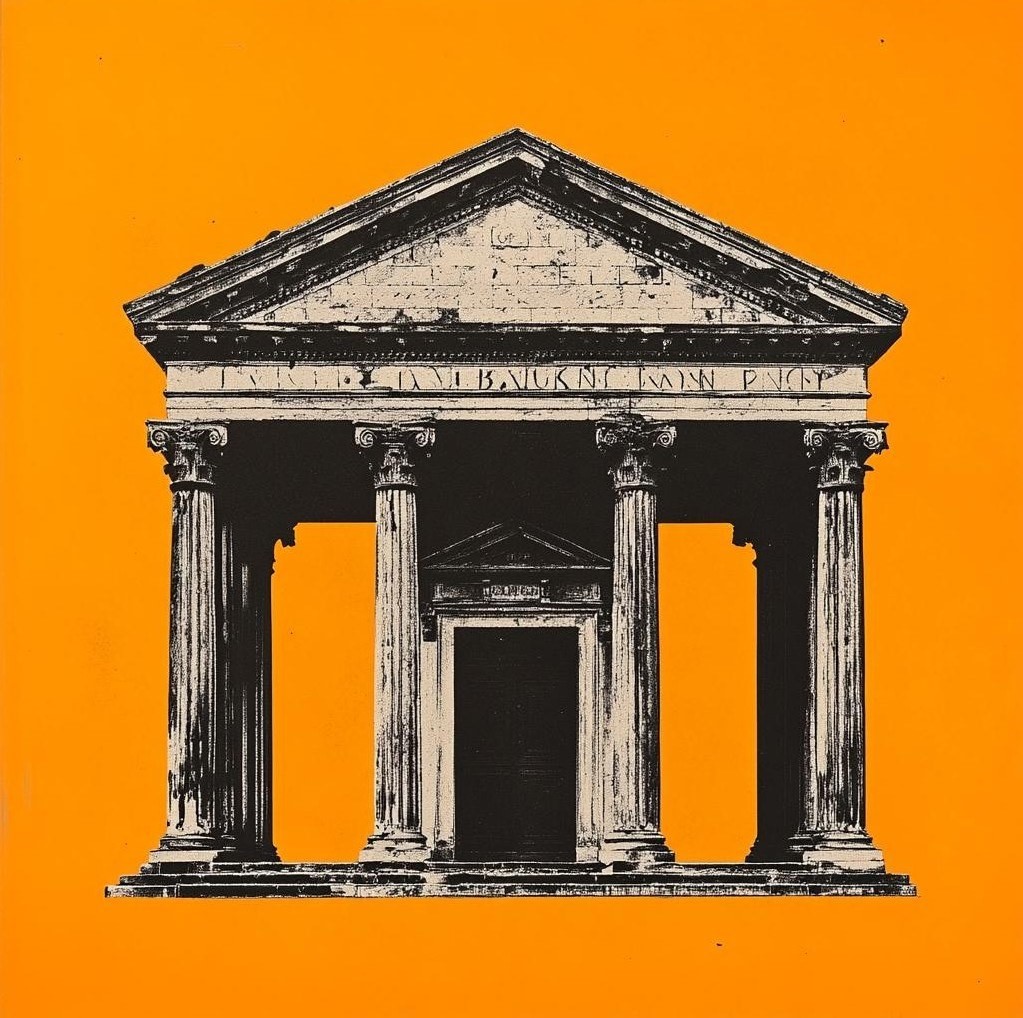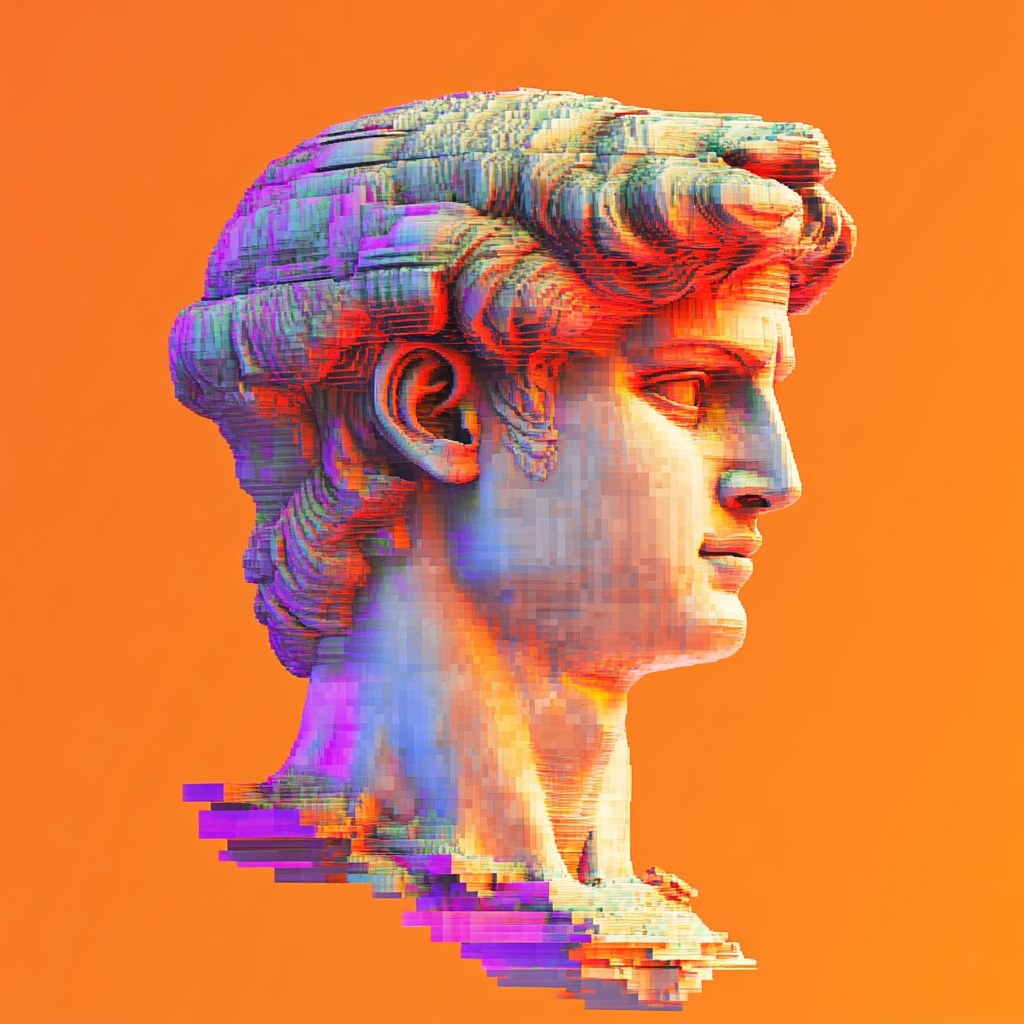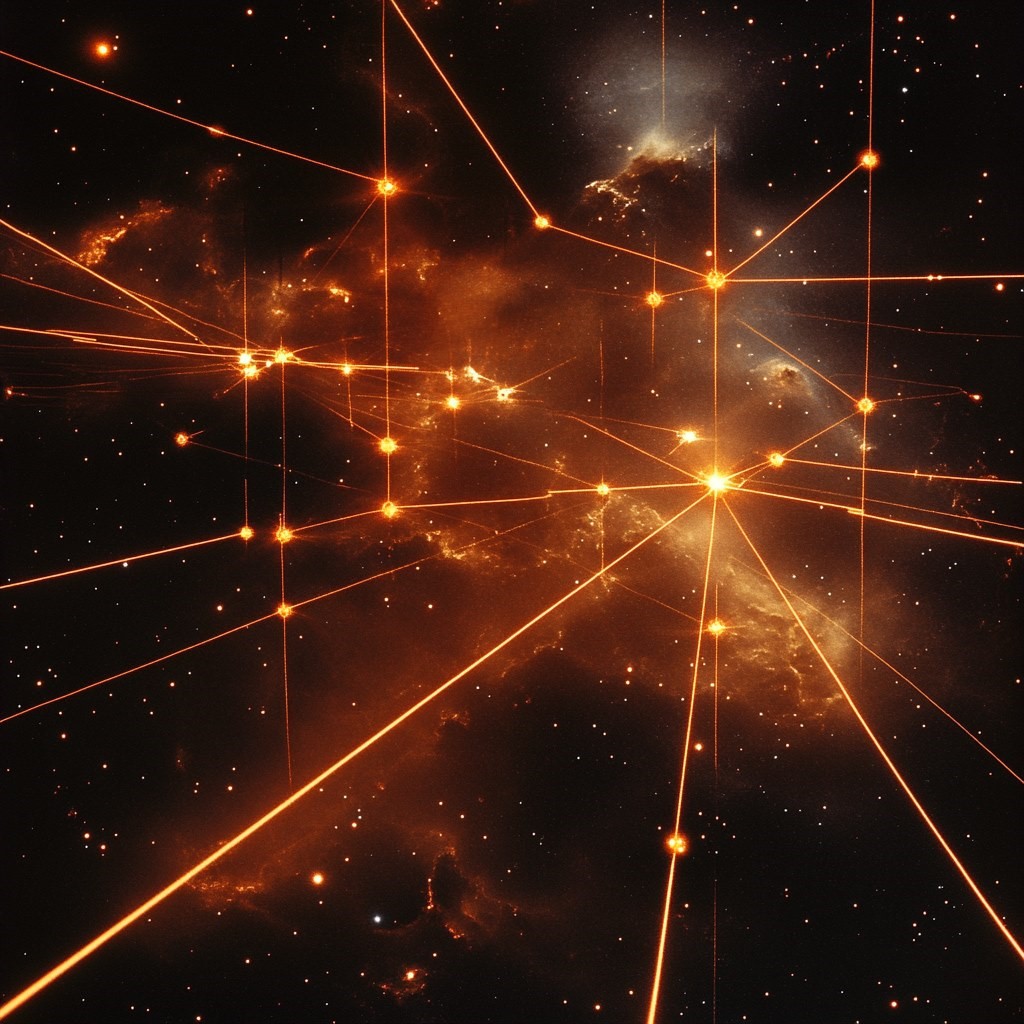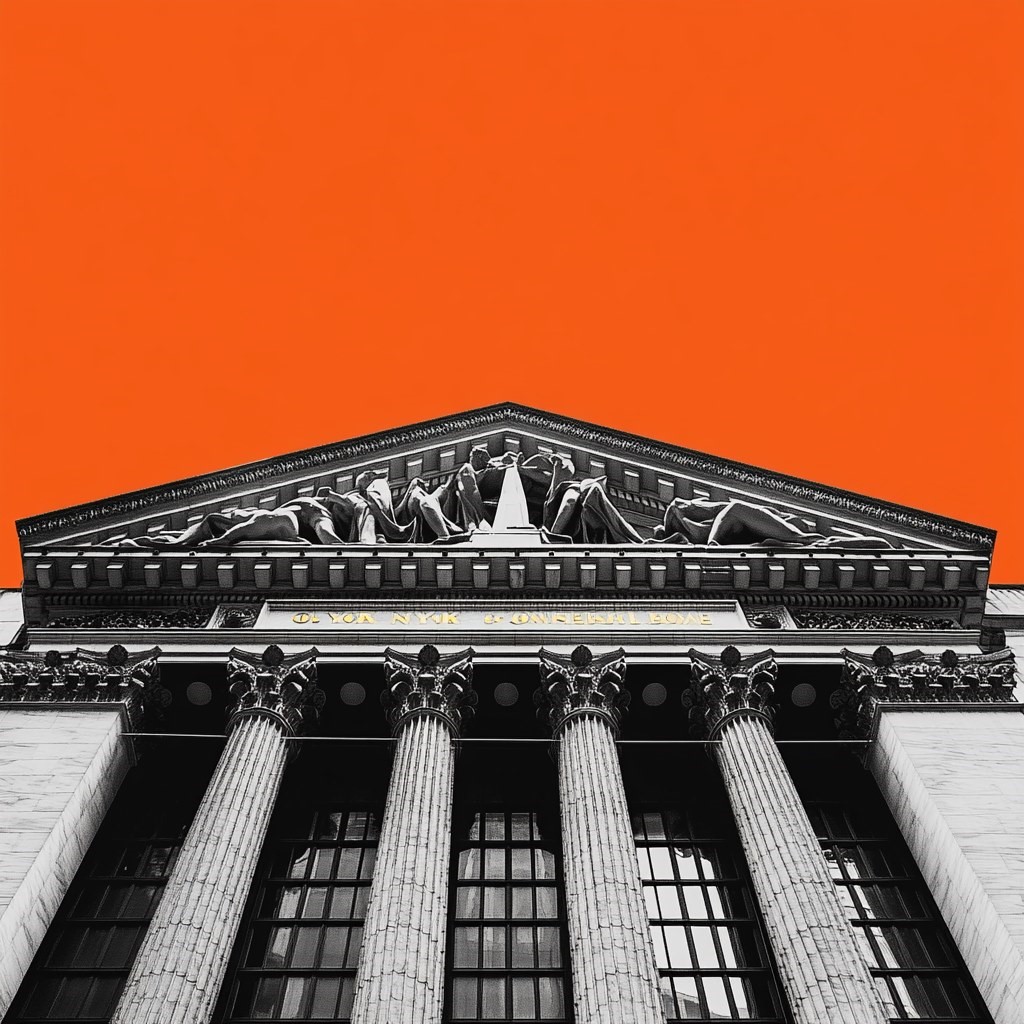The Real World Asset Renaissance: Blockchain is Unlocking the Next Era of Investment

In recent years, the financial world has often felt like an exaggerated parody of itself. From the meteoric rise of NFTs to the memecoin frenzy, investors poured capital into assets that defied traditional valuation models. But beneath the absurdity lies a deeper truth—one that signals the inevitable rise and dominance of real-world assets (RWAs) on the blockchain.

The Era of Synthetic Assets and Zero Interest Rates
The NFT and altcoin boom wasn’t random. It was the product of a financial environment shaped by zero-interest rate policy (ZIRP). Institutional capital, desperate for yield in a market where bonds paid little and equities felt overvalued, inflated prices in real estate, private equity, and small businesses. The result? Ballooning asset prices that left institutional investors with swollen balance sheets while ordinary individuals were priced out.
NFTs and altcoins emerged as a populist counter-reaction—a synthetic asset class created to bypass traditional barriers to investment. Critics were quick to dismiss NFTs as frivolous or valueless. But this criticism missed the point entirely. Their lack of inherent value was the point.
NFTs served as a mirror to Wall Street, applying the same language of financial analysis to cartoon apes, virtual land, and assets named after internet jokes. It wasn’t just a critique; it was a satirical market built to mimic the excesses of institutional finance. Like a reallife allegory, retail investors coded their own playground, creating “value” through community and shared narratives.
In this sense, NFTs were never about art. They were about access, ownership, and participation—a symbolic rebellion against markets retail investors couldn’t otherwise penetrate.

The End of the Joke: Blockchain Meets Real Value
Now that interest rates are back, liquidity is tighter, and meme assets fade, the financial landscape is shifting. Yet the core lesson remains: demand for investable assets still outstrips supply. Blockchain is the unlock.
What NFTs hinted at—fractional ownership, borderless trade, and transparent governance—is now being applied to real-world assets. From real estate and commodities to invoices and receivables, blockchain technology is focused on digitizing assets once considered illiquid, opaque, or out of reach.
The critical difference? These new assets are rooted in fundamentals. They generate revenue, possess tangible value, and contribute to economic productivity. And because they are “born on the blockchain,” they inherit the same programmable, auditable qualities that made synthetic assets attractive.
Unlike tokenized representations of RWAs, this new generation rebuilds real-world assets directly on-chain, allowing them to be bought, traded, collateralized, and analyzed with unprecedented speed and transparency.
"This new generation rebuilds real-world assets directly on-chain"
Data and the Democratization of Assets
Data is the great unlock. What can be seen can be measured, and what can be measured can be valued. As blockchain technology standardizes and structures asset data, the market for RWAs expands, creating new supplies of investable assets that were previously hidden from efficient markets.
This transparency drives liquidity. Investors can diversify portfolios across assets once considered illiquid or inaccessible—without the burden of zero-sum ownership.
Fractionalization, automation, and transparency democratize investment opportunities while reducing inefficiencies that once kept assets siloed in institutional vaults.
The result is a new supply of investable assets, one that was previously obfuscated and disconnected from efficient markets. Blockchain standardization and automation makes markets more liquid, enabling investors to diversify across a wider array of assets—without taking on zero-sum risk.

The Future of Investment: On-Chain RWAs
The RWA renaissance will fundamentally reshape global markets. Over time, asset data, governance structures, and yield metrics will fully migrate on-chain, creating a parallel financial ecosystem that operates continuously—free from the constraints of traditional financial intermediaries.
These blockchain-native assets will integrate directly with AI, smart contracts, and automated governance protocols. Picture a building that autonomously distributes rental income to token holders or supply chain receivables that adjust dynamically based on macroeconomic indicators—all without human oversight.
This isn’t just digitizing existing assets—it’s about leaving paperwork behind altogether. The blockchain rebuilds the very substrate of business and investment, crafting a foundation optimized for interaction by algorithms and AI agents.
The precision of blockchain data hygiene creates an environment where assets interact fluidly across networks, facilitating global, instant, and automated value flows.

A New Paradigm of Investment
NFTs and memecoins were the warm-up act—a symptom of a market craving new forms of investment. They revealed the hunger for assets outside the traditional gatekept system and laid the foundation for a more serious and sustainable financial evolution.
As real-world assets move on-chain, the next wave of investment will be defined by transparency, liquidity, and automation.
Access to these assets—once gated by “qualified investor” rules— will be democratized by AI-driven financial protocols, ensuring even retail investors operate with insights rivaling those of the most sophisticated institutions.
The RWA renaissance isn’t just coming—it’s already underway, and like every technological transformation, it will be driven by a data revolution.
Hashfire is the New Substrate of Business
At Hashfire, we believe contracts are the atomic units of business—the foundational agreements that govern every asset, transaction, and obligation. By reimagining contracts as digital assets themselves, we are transforming real-world assets (RWAs) at their core. When Hashfire tokenizes something as fundamental as a receivable or a bridge loan, like the recent Cinelaunch deal we brought on-chain, we aren’t just creating a digital representation of an asset—we’re minting a sovereign, blockchain-native asset. This receivable, secured by the legal framework of the contract, becomes a programmable and tradable asset that can interact directly with automated financial protocols. Tokenized receivables can be fractionally owned, serve as collateral, or automatically distribute payments to stakeholders, enabling new liquidity pathways for traditionally static assets. By anchoring RWAs in smart contracts, Hashfire unlocks a new class of sovereign digital assets, turning everyday agreements into powerful, self-governing instruments that thrive in decentralized ecosystems.
"By reimagining contracts as digital assets themselves, we are transforming real-world assets (RWAs) at their core"
A quiet movement is already underway—one that invites business owners to migrate their agreements on-chain and build their companies within this new digital frontier. By bringing contracts, receivables, and corporate records on-chain, businesses not only secure their assets but establish a living, immutable record of their operations and growth. New ventures can now launch directly on-chain, creating a transparent, verifiable corporate history from day one. Over time, this blockchain-anchored history will serve as incontrovertible proof of performance, governance, and valuations—making fundraising, acquisitions, and exits faster, more efficient, and ultimately driving higher asset values. In the future, the businesses with the most robust on-chain records will stand apart, commanding trust, liquidity, and market confidence in ways that off-chain entities simply cannot match.

Asset Atomization: The New Financial Frontier
Hashfire’s approach extends beyond individual contracts—it atomizes the corporation itself. By creating self-sovereign digital assets from contracts like receivables, Hashfire deconstructs corporate assets into discrete, investable units. Each tokenized asset is imbued with its own payment portal, governance rules, and asset-level cap table, allowing investors to interact with specific revenue-generating components of a business. This fundamentally shifts the nature of investment, transforming corporations from monolithic entities into dynamic networks of digital assets. For the first time, companies can exist on-chain as the sum of their discrete assets minus liabilities—a concept long theorized in traditional finance but only now achievable through blockchain technology. This granular approach to corporate structure redefines capital markets, enabling investors to engage with the atomic building blocks of businesses, unlocking liquidity, and fostering unprecedented transparency and efficiency.

Accelerate Payments
.svg)
